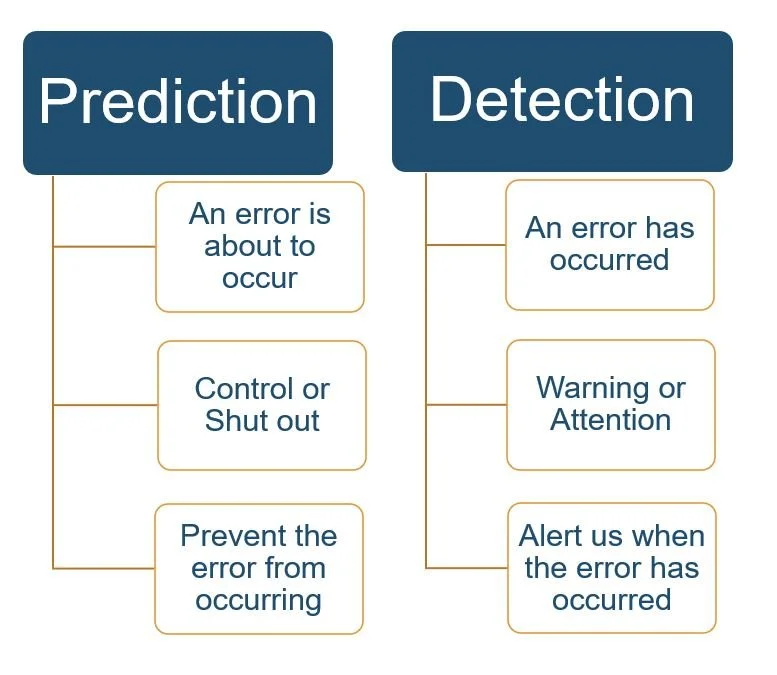Poka-Yoke
Poka-Yoke is a Japanese term that means "mistake-proofing" or "inadvertent error prevention".
A Poka-Yoke is any mechanism in a process that helps one avoid mistakes.
Its purpose is to eliminate defects by preventing, correcting, or drawing attention to human errors as they occur.
Ways to Poka-Yoke:
Reduce defect opportunity by diminishing or eliminating the probability of human error
Ensure sustained performance regardless of process conditions
Reduce variation due to differences in the way people work
Simplify monitoring and control of process factors
Simplify employee training
Emphasize error detection and correction
Decrease the incidence and severity of mistakes
When to use Poka-Yoke:
When a process step has been identified where human error can cause mistakes or defects to occur, especially in processes that rely on the worker’s attention, skill, or experience
In a service process, where the customer can make an error which affects the output
At a hand-off step in a process, when output (or for service processes, the customer) is transferred to another worker
When a minor error early in the process causes major problems later in the process
When the consequences of an error are expensive or dangerous
Benefits of Poka-Yoke:
A typical feature of poka-yoke solutions is that they don't let an error in a process happen. But that is just one of their advantages.
Others include:
Less time spent on training workers
Elimination of many operations related to quality control
The unburdening of operators from repetitive operations
Promotion of the work improvement-oriented approach and actions
A reduced number of rejects
Immediate action when a problem occurs
100% built-in quality control
